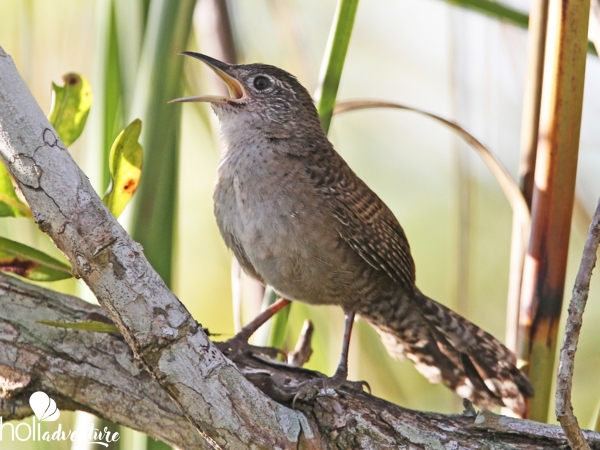General Information
- Category: All day tours
- Modality: Landing tours
- Duration: 9 hrs aprox
- Departure time: 08.30 hrs
- Tour guide: Yes
- Children are allowed: Yes
- Languages spoken: Spanish, English, French, Italian, Portuguese and Russian
Program Details
Jeep Seafari "Birdwatching, Nature and History"
On this tour you will discover the Ciénaga de Zapata National Park by jeep, observing the numerous species of birds that come to this wonderful place.
The Ciénaga de Zapata is not only the richest place in bird species in Cuba (258 out of 368 reported for the archipelago), but it is also the area of the Caribbean with the highest number of endemic bird species. Of the 30 species of birds endemic to Cuba, 23 inhabit this area; 3 of these, the St. Thomas hen (Cyanolimnas cerverai), the Cienega goat (Torreornis inexpectata inexpectata) and the Ferminia (Ferminia cerverai), are only found in this part of the country. Four species of endemic land beetles, one species of endemic tree ant and a high population of dragonflies have been found. There are 37 species of inland water fish, of which 11 are endemic and 8 are native to the Caribbean. 114 species of marine fish have been recorded, distributed in 9 orders and 33 families, with a new report for Cuban waters, Canthigaster jamestyleri. The area has been a UNESCO Biosphere Reserve since 1999, a Ramsar site since 2000 and an Important Bird Area (IBA).
Mammals are represented in Zapata by 15 species, of which only one is locally endemic: the critically endangered dwarf hutia (Mesocapromys nanus). Some of them present a certain degree of threat, such as the manatee (Trichechus manatus) which is evaluated as vulnerable (VU). Two other mammal species present are the wild hutia (Mysateles prehensilis) and the conga hutia (Capromys pilorides). The region has the largest and healthiest populations of one of the most notorious endemic fishes in Cuba: the manjuarí (Atractosteus tristoechus), a key species in the ecological relationships of the Cuban wetlands where it is present, considered a living fossil, threatened with extinction.
The coastal area between Guasasa and Playa Larga was the scene of the fighting that took place in 1961 during the mercenary invasion of Playa Girón, which adds historical value to the area.
Description of the program:
- Pick up at the hotel.
- Visit to the Hondones Trail.
- Lunch at (Cueva de los peces/Punta Perdiz or Caleta Buena).
- Visit to the museum of Playa Girón.
- Return to the hotel.
TIPS: - Light clothing, swimsuit, sunglasses, hats or caps, tennis shoes, sandals or comfortable shoes, sunscreen and camera.
• The collected may be delayed up to 15 minutes depending on the number of hotels and punctuality of customers. Customer should be informed on sales desk to avoid disagreements.
• The Jeep must be shared with other tourist (4 pax / jeep).
• Those who wish to drive must bring the driving licence.
• The jeeps have Standard Transmission.
• Minimum pax for the tour: 3 Pax.
• This tour operates with a minimum of passengers. Holiadventure will reconfirm 48 hours before the departure of your tour. If the provider decides to cancel, for not meeting the minimum required amount of passengers, Holiadventure will offer an alternative tour or fully refund cost of your trip.













